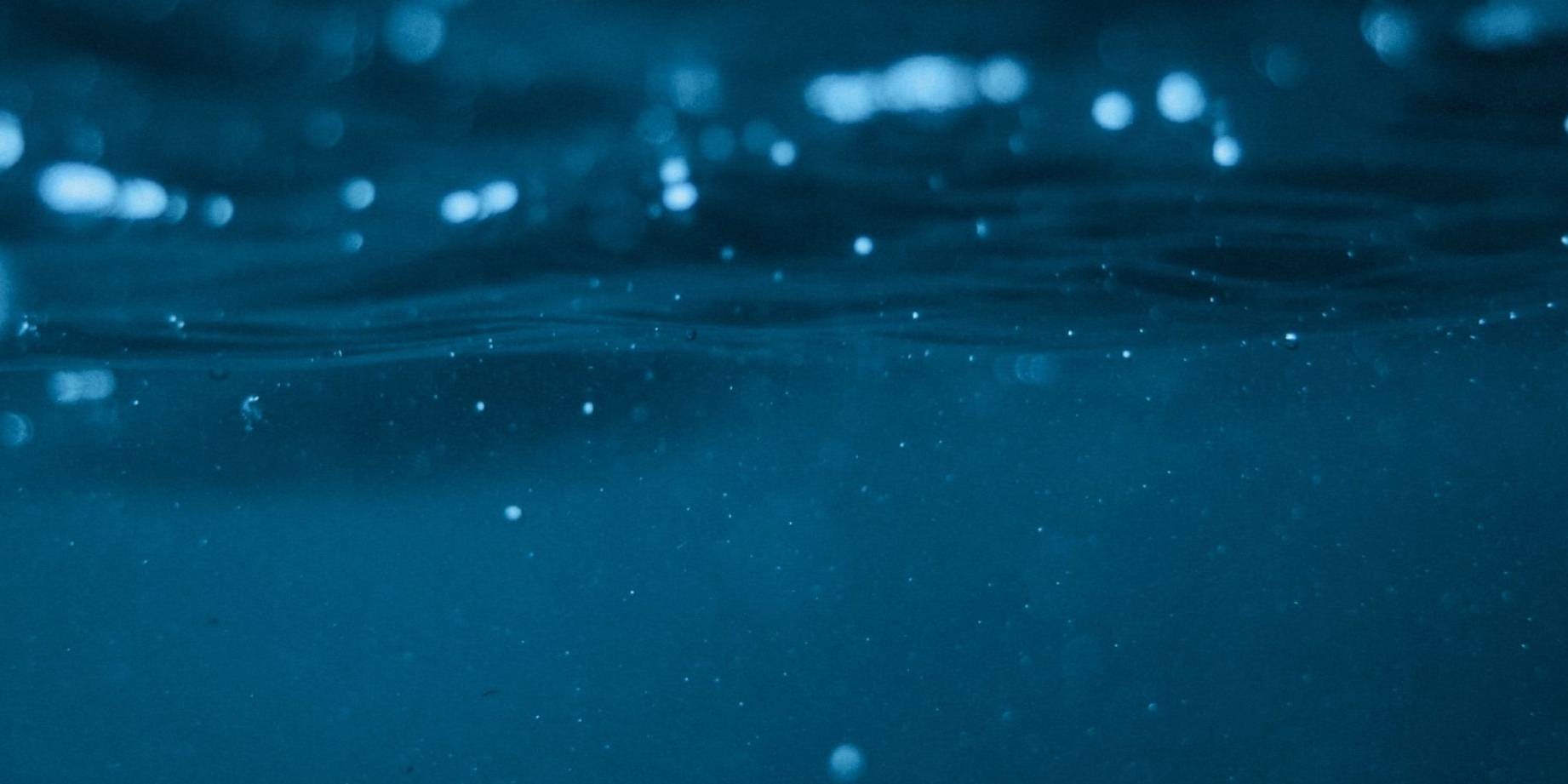Debunking some myths…
(much thanks to the folk at experiencelife.com for the main content of the below)
Proper hydration is key to good health, but why? And what’s the best way to get what our bodies really need? Our experts debunk a few myths.
Water is the body’s most non-negotiable nutrient. Withhold any other vitamin or mineral for a week or more and the body will plug along. But deny it water for a mere three days and systems start to crash. Without water, the blood thickens and the body’s enzymatic processes — normally zipping along — get bogged down. Hold back another few days and the blood gets so gummy that the body’s inner workings grind to a halt. After that, odds of survival are grim.
Why is there so little wiggle room when it comes to water? Because water plays an integral role in nearly every biological process in the body. Everything from controlling the body’s thermostat to regulating blood pressure to taking out the trash relies on water to get the job done. Yet, for such a life-and-death nutrient, most of us take water for granted. Sure, we know we should imbibe, but how much? Does the water in caffeinated drinks, like coffee and soda, count for or against us? And should you drink before you’re thirsty or wait for your thirst signal to kick in?
“A lot of what we think about water is sheer guesswork,” says Elson Haas, MD, an integrated-medicine physician in San Rafael, Calif., and the author, most recently, of Staying Healthy with Nutrition (Celestial Arts, 2006). “A lack of research has led to a lack of knowledge. In fact, most of what people think they know about water isn’t even true.”
To get beyond confusing water myths and delve into some commonsense wisdom, we tapped several experts on water intake and human health. Here are the ins and outs of keeping your body well watered.
Myth no. 1: dehydration is relatively rare and occurs only when the body is deprived of water for days.
Reality: Low-grade dehydration (versus acute and clinical dehydration) is a chronic, widespread problem that has major impacts on well-being, energy, appearance and resiliency. Christopher Vasey, ND, a Swiss naturopath and author of The Water Prescription (Healing Arts Press, 2006), believes that most people suffer regularly from this type of chronic dehydration because of poor eating and drinking habits.
Myth no. 2: your body needs eight, 8-ounce glasses of water daily.
Reality: Your body does need a steady supply of water to operate efficiently and perform the many routine housekeeping tasks that keep you healthy and energetic. So it’s probably a very good idea to consume moderate quantities of water at regular intervals.
That said, there is no scientific evidence to back up the very specific and well-worn advice that you need to drink eight, 8-ounce glasses of water a day (a.k.a. the 8 x 8 rule). In 2002, Heinz Valtin, MD, a retired physiology professor from Dartmouth Medical School and author of two textbooks on kidney function, published the definitive paper on the subject in the American Journal of Physiology. He spent 10 months searching medical literature for scientific evidence of the 8 x 8 rule only to come up empty-handed.
Myth no. 3: when it comes to hydrating, all beverages are created equal.
Reality: Not so. In principle, the 90 to 125 (or so) ounces recommended by the Institute of Medicine would include your morning coffee, the soda you drink with lunch and even a glass of wine at dinner. Practically speaking, however, caffeinated, sweetened and alcoholic drinks pack chemical cargoes (or trigger chemical reactions) that demand significant amounts of fluid to properly process and filter. As a result, non-water beverages can actually set you back, water-wise, many experts suggest.
For example, drinks like coffee, black tea and cocoa are very high in purines, toxins that must be diluted in large quantities of water to be flushed from the body. The consumption of these drinks might bring a large quantity of water into the body, but a large portion of this water is used to eliminate the toxins in these drinks.
Myth no. 4: by the time you get thirsty, you’re already dehydrated.
Reality: Again, it depends on what you mean by “dehydrated.” Experts posit that while those walking around in a state of subclinical dehydration may not feel thirst, their bodies are sending other signals of inadequate hydration — from headaches and stomach aches to low energy to dry skin.
But when it comes to avoiding the more widely accepted definition of clinical dehydration, thirst is a good indicator of when you need to swig. Here’s the deal: As water levels in the body drop, the blood gets thicker. When the concentration of solids in the blood rises by 2 percent, the thirst mechanism is triggered. A 1 percent rise in blood solids could be called “mild dehydration,” but it could also be considered a normal fluctuation in bodily fluids. Drinking water only when you’re thirsty may relegate you to being less than optimally hydrated much of the time, and it may undermine your energy and vitality. On the other hand, constantly sipping or gulping calorie- or chemical-laden beverages for entertainment is a bad idea. So if you tend to keep a bottle of soda on your desk all day, or if you’re never seen without your coffee cup in hand, rethink your approach. Get in the habit of drinking a glass of water first thing in the morning, and a few more glasses of water throughout the day.
Myth no. 5: hydrating is all about water.
Reality: Nope. It takes a delicate balance of minerals, electrolytes and essential fatty acids to get and keep water where it needs to be — properly hydrating your bloodstream, your tissues and your cells.
So you can drink lots of water and still be dehydrated on a cellular level, (think hangovers!!) of the water contained in food and beverages, 95 percent ends up in the blood. From the blood, water moves into the fluid surrounding the cells, called extra-cellular fluid. That’s important, but it’s not the end of the line. Water needs to get inside cells for you to maintain optimal health. Take in plenty of minerals by eating lots of fresh fruits, vegetables, nuts and seeds. Another way to boost minerals in the diet is cooking with a high-quality sea salt. A natural, unrefined sea salt will deliver up to 60 trace minerals your body needs to manage water flow. Also, try to include whole foods that are high in essential fatty acids, which are critical to maintaining healthy cell membranes that can hold in moisture.
Myth no. 6: healthy urine is always clear.
Reality: Urine color is directly linked to hydration status because the yellow tint is a measure of how many solid particles, such as sodium, chloride, nitrogen and potassium, are excreted. The color’s intensity depends on how much water the kidneys mix with the solids. Less water equals darker urine. More water equals lighter urine. Dark or rank-smelling urine are signs your body may need more water. But light-to-medium yellow urine is fine. Very clear urine may actually be a signal that your kidneys are taxed by the amount of fluid moving through them and the minerals in your body are being too diluted.
Drink enough water to make light yellow (lemonade-colored) urine. The volume depends on your activity level and metabolism. If your urine is cloudy or dark or foul smelling, increase your water intake and monitor changes. If you don’t see a positive change, consult a health professional.
Myth no. 7: drinking too much water leads to water retention.
Reality: The body retains water in response to biochemical and hormonal imbalances, toxicity, poor cardiovascular and cellular health — and, interestingly, dehydration. So if you’re not drinking enough liquid, your body may actually retain water to compensate – a general lack of energy is the most common symptom of this type of water retention.
No good comes of drinking less water than you need. If you have water-retention problems, seek professional counsel to help you identify the root cause (food intolerance’s, for example, are a common culprit in otherwise healthy people). Do not depend on diuretics or water avoidance to solve your problems, since both strategies will tend to make the underlying healthy challenges worse, not better.
Myth no. 8: you can’t drink too much water.
Reality: Under normal conditions, the body flushes the water it doesn’t need. But it is possible — generally under extreme conditions when you are drinking more than 12 liters in 24 hours or exercising heavily — to disrupt the body’s osmotic balance by diluting and flushing too much sodium, an electrolyte that helps balance the pressure of fluids inside and outside of cells. That means cells bloat from the influx and may even burst.
So the axiom everything in moderation prevails in the case of water as with everything else!
Hydration tips
- Start each day with a glass of water (no ice). Drink it down before you have coffee, tea or juice. It will help replace fluids lost overnight and get your hydration efforts off to a good start. Also fill a water bottle you can take with you in the car, or keep with you and refill during the workday.
- Eat two or three servings of fruits and vegetables at every meal.They are brimming with water and include the minerals that help your body absorb and use it properly. Keep in mind that most processed foods (including sugars, flours, salty snacks and processed meats) result in a lowering of the body’s water table. Eating a lot of meat puts pressure on your kidneys and tends to increase your body’s need for water.
- Establish regular water breaks, if possible.Tailor your drinking to meet your needs. For instance, drink an extra glass of water if you worked out or didn’t squeeze enough fruits and vegetables into your day.
- Substitute sparkling water and low-sodium vegetable juice for soda and fruit juice. While it’s true that all beverages count toward your daily tally, the sugar in regular soda and fruit juice, as well as the chemicals in diet versions, can trigger a host of unwanted reactions in the body, including blood-sugar spikes.
- Install water filters in your home/office. Resort to bottled water when you must, but beware of the drawbacks: It’s expensive and environmentally wasteful.
- Cook with high-quality sea salt. A good, unrefined sea salt is rich in trace minerals, which are key to cell health and hydration. Bonus: Sea salt is also lower in sodium than table salt
Related Posts
July 6, 2021
New Research: When You Drink Water Your Brain Works Better
A new report shows that when you drink…



